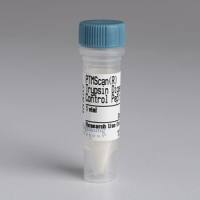Assessing Apoptosis of Developing T Cells by Flow Cytometry
互联网
互联网
相关产品推荐

Annexin V-AF647 Apoptosis Detection Kit(BA00103)-20T/50T/100T
¥680

Recombinant-Mouse-Selection-and-upkeep-of-intraepithelial-T-cells-protein-10Skint10Selection and upkeep of intraepithelial T-cells protein 10; Skint-10
¥11466

Flow Cytometry Antibody Dilution Buffer
¥500

BHRF1/BHRF1蛋白Recombinant Epstein-Barr virus Apoptosis regulator BHRF1 (BHRF1)重组蛋白Early antigen protein R蛋白
¥2328

CSE1L/CSE1L蛋白Recombinant Human Exportin-2 (CSE1L)重组蛋白Cellular apoptosis susceptibility protein Chromosome segregation 1-like protein Importin-alpha re-exporter蛋白
¥5268
相关问答
相关方法

